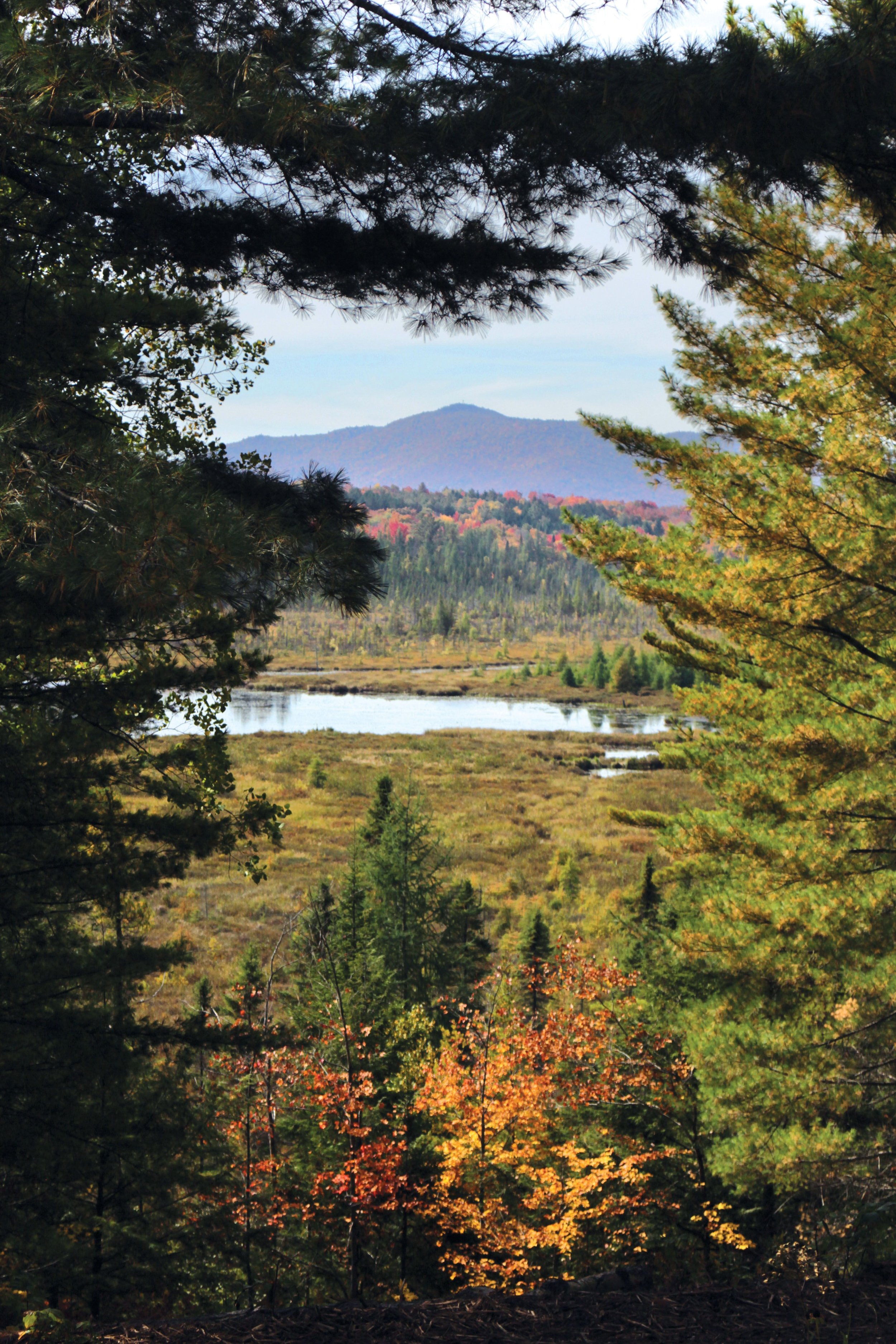Finch Paper is 100-percent Boiler MACT compliant. Two-thirds of the energy Finch Paper uses is made on-site with renewable biomass and zero-emission hydroelectric. Finch Paper achieved a 10% energy reduction (per ton) in the last two years, and through a strategic partnership with National Grid, we have increased pulp production with reduced energy use.
All of the pulp Finch produces, or purchases from outside suppliers is elemental chlorine-free. The post-consumer recycled fiber used in grades such as Finch Casa Opaque and Finch Fine®, and for our partners at New Leaf Paper is process chlorine-free.
By integrating sustainable forestry practices, green power generation, and elemental chlorine-free pulp and paper production, Finch is a leader in high-quality, environmentally responsible paper markets.
Finch Paper’s environmental stewardship started in 1910 when the founders of our company recognized the papermaking business only could be sustained with healthy forests. They hired one of the nation’s first professional foresters, Howard Churchill, to ensure the perpetual health of the forests – a tradition carried on today. Finch has a team of professional foresters that has its feet-in-the-forest SM every day, providing expertise to landowners, including The Nature Conservancy®.
Responsible Forestry
What sets Finch apart is our feet-in-the-forest SM philosophy. We believe that knowing first-hand where your paper fiber comes from is the first step in reducing your environmental impact. Finch’s professional foresters manage forests for public and private landowners, including The Nature Conservancy.
None of the wood or pulp used to make Finch Paper comes from endangered or threatened forests. In fact, we make more than 80% of our pulp on our premises, using wood from forests we manage, or wood purchased from other responsible landowners. We have a stringent chain-of-custody program in place to track the sources of our wood and ensure it comes from responsibly managed North American forests rather than from endangered forests thousands of miles away.
We are proud our forestry practices, and the forests we manage are certified to meet the standards of both the Forest Stewardship Council® (RA-COC-000253) and the Sustainable Forestry Initiative ® (PwC-SFICOC-293).
Green Energy
Green power can be described as electricity produced in an environmentally friendly manner from sources that include the sun, wind and water. Approximately two-thirds of the energy Finch Paper’s pulp mill and paper machines use is green power — it comes from on-site, renewable sources.
Finch Paper has been using emission-free, renewable hydropower since 1938. This green power technology started with a water wheel in the late 1800s and has grown to account for 88% of the world’s renewable electricity. The hydro plant at Finch Paper generates the same amount of electricity as 3.1 million gallons of oil.
Finch also operates its own cogeneration facility, which converts 600 tons per day of biomass (bark, sawdust and rejected wood chips) into steam that powers our equipment. This process keeps wood waste out of landfills and generates enough electricity to run 11,614 households a year.
Clean Air and Water
Finch Paper already is 100-percent compliant with the 2016 Clean Air Act amendment, Boiler MACT (maximum achievable control technology). In addition to using clean fuel, Finch prevents 50 million pounds per year of carbon dioxide from being released into the environment. We capture this greenhouse gas for use in making precipitated calcium carbonate, a brightening agent for our paper. We also capture sulfur dioxide - a precursor to acid rain - to make cooking liquor in our pulping process.
Finch’s pulp-making process has been elemental chlorine-free for more than 20 years. The post-consumer fiber acquired is process chlorine-free.



